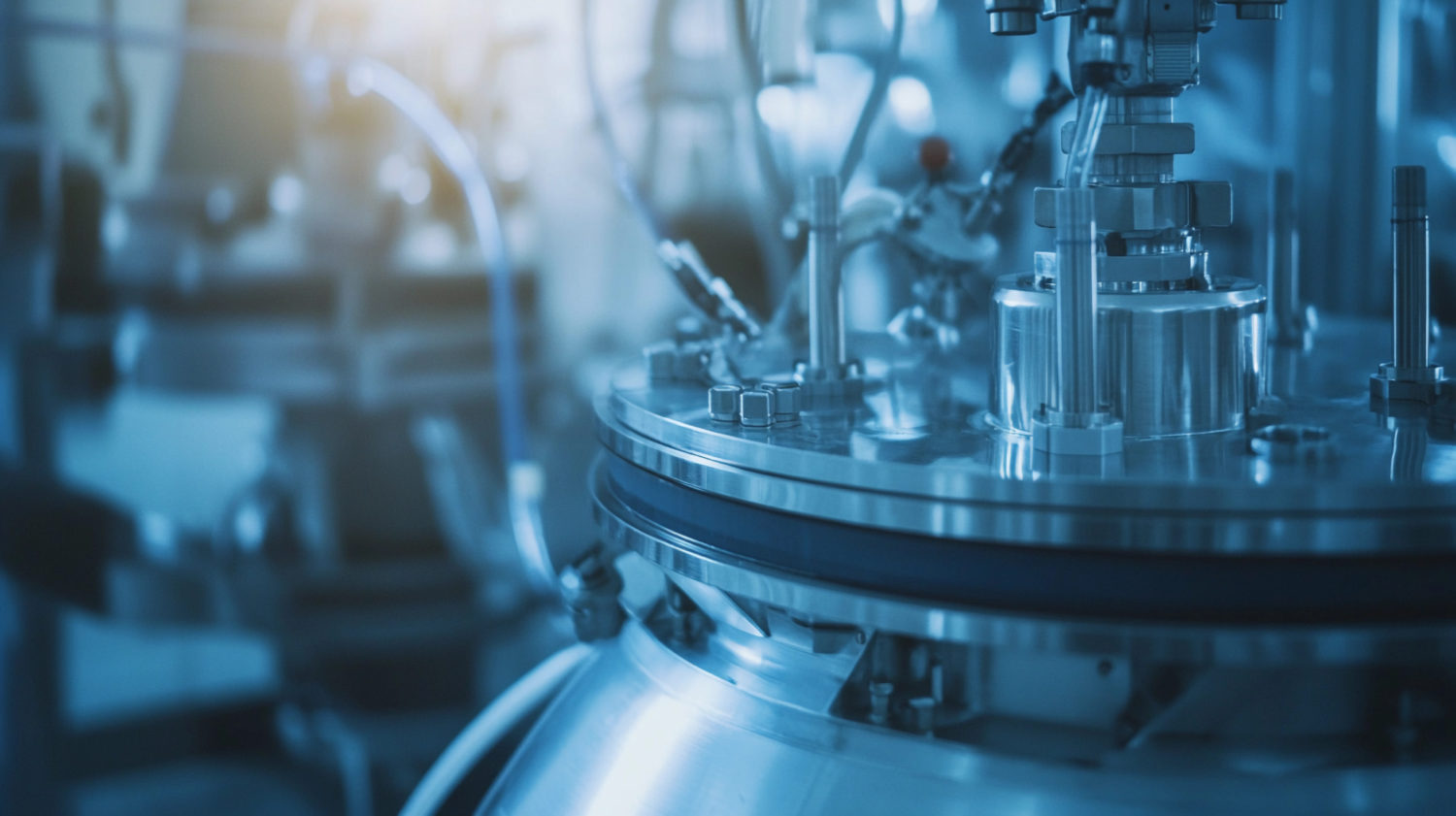Largest iron ore miners smashing Chinese competitors
It may sound odd, but there are a few iron ore producers quite happy with the slump in the commodity price. They are the market’s “big three “ —Rio Tinto (ASX:RIO), BHP Billiton (ASX:BHP) and Vale (NYSE:VALE)— whose vast low-cost mines are driving Chinese higher-cost rivals out of the market.
According to a recent research report by Australian analyst Michael Komesaroff (subs. required), the triumvirate of global iron ore miners have kept supply growth at full tilt even as demand decelerates.
“As long as this state of affairs continues, the ore price will stay below the level dictated by cost-curve fundamentals: probably in the US$95-US$100 per tonne range,” he writes in the paper published by the global research powerhouse Gavekal’s China-based arm Gavekal Dragonomics.
Komesaroff notes the drop in prices has nothing to do with a lack of demand, but with the fact that Rio Tinto, BHP and Vale continue to ramp supply up. In fact, Australian annual output is now 150 million tonnes, higher than in 2011.
The problem for Chinese producers, which feed 35% of the local demand, is that their ore is lower grade than the foreign imports. At the same time, their production costs are at the upper end of the big three.
The analyst believes the situation is not sustainable for much longer and that once high-cost Chinese miners are driven out of the market, iron ore prices will rise back to around $110.
Collateral damage
Mid-cap Australian iron ore miners will also fall victim of this fight to the death, as the ore price is beginning to reach levels where they will struggle to break even.
According to UBS estimates, published by The Sydney Morning Herald, Australian miners Grange Resources (ASX:GRR) and Gindalbie Metals (ASX:GBG) are facing uneconomic production, with break-even prices of $87 a tonne and $98 a tonne respectively.
Atlas Iron (ASX:AGO) and Arrium (ASX:ARI) are next in the firing line with cash costs over $80 a tonne.
No one is predicting a move back to the early days of the iron ore trade when the price, set during secretive annual contract negotiations, never strayed from $10 a tonne for more than 20 years.
But it is worth noting that back in 2007 the commodity was still trading at $36 a tonne.
And the all time high of $192 in February 2011 now seems like nothing more than an aberration.
Image by Inc| Shutterstock.com
{{ commodity.name }}
{{ post.title }}
{{ post.date }}



4 Comments
Jae Park
Who do big three companies work for?
They are working for Chinese or their own CEOs?
They should reduce the production now and dig iron ores for
longer term to get good prices during total term.
If they beat off any smaller companies now by pushing the iron
ore price down, smaller companies can come back in the future when iron ore
price rises.
Resource2222
Its simple economics. If your costs are $35 per tonne, you are better off selling 300 million tonnes at $80 per tonne than 200 million tonnes at $100 per tonne. And the extra 100 million tonnes comes from those guys whose costs are $81 per tonne and who thought the iron ore market was easy when prices were at $189.
However I still think a bet on Arrium is worth it. Their costs are more like $60 per tonne.
Resource2222
Also there is a misplaced comma in the text. Estimated FY2014 exports were 610 million tonnes – up 150 million tonnes on 2012s 460 million tonnes.
golddigger69
How does all this “analysis” look now? Seems that there were just a few things about China and how she operates that these so called harbingers of knowledge missed. I would bet that none of them have ever driven down a brand new 6 lane freeway in a Chinese province without another car in sight.
China does not, and has not operated under the “rules” of capitalism. It is state-planned and has kept its own inefficient and “uneconomic mines running to continue “domestic harmony”. Even worse for them than subsidising these unprofitable mines would be the unemployment that closure would bring.
Time for a rethink of all that the analysts have written about the Middle Kingdom.